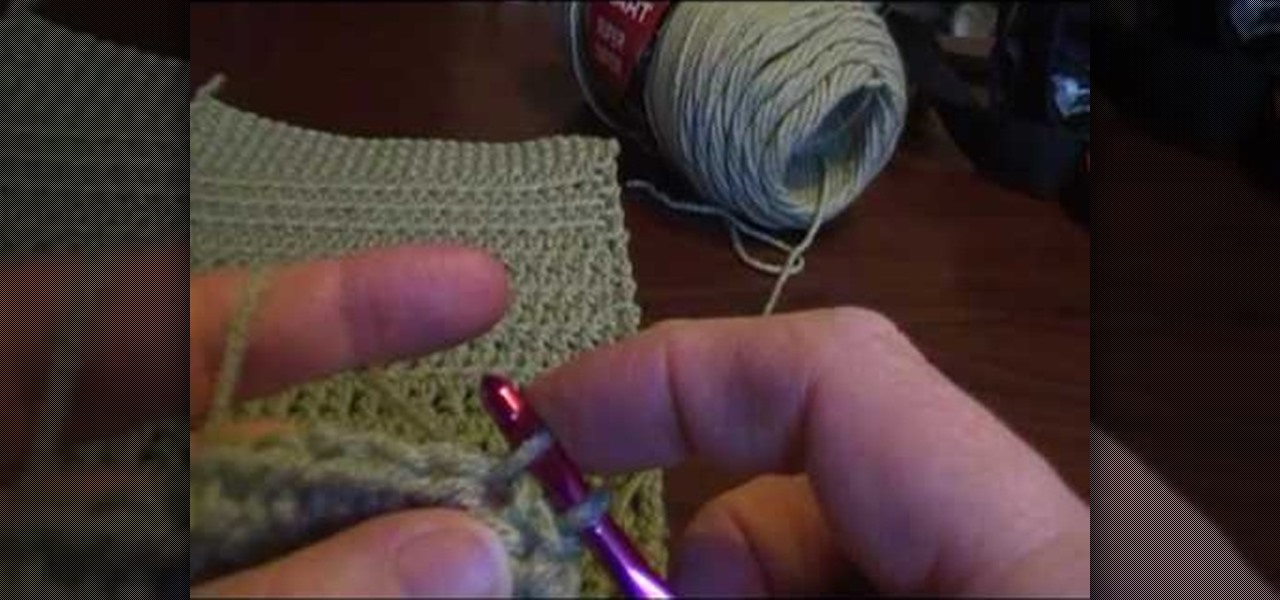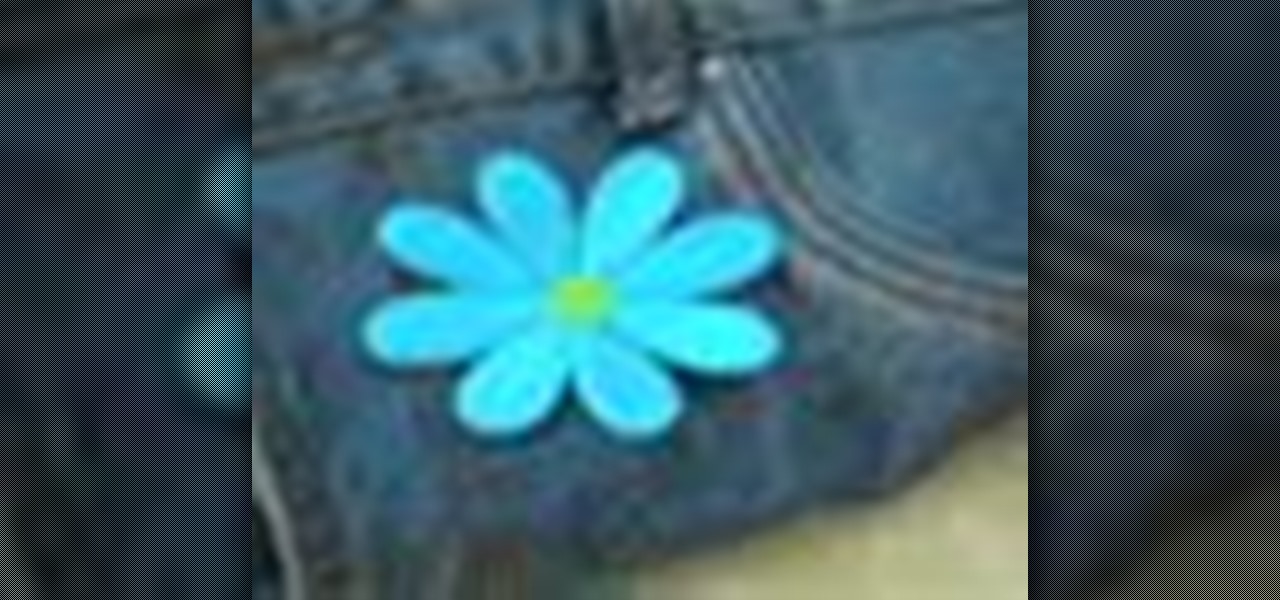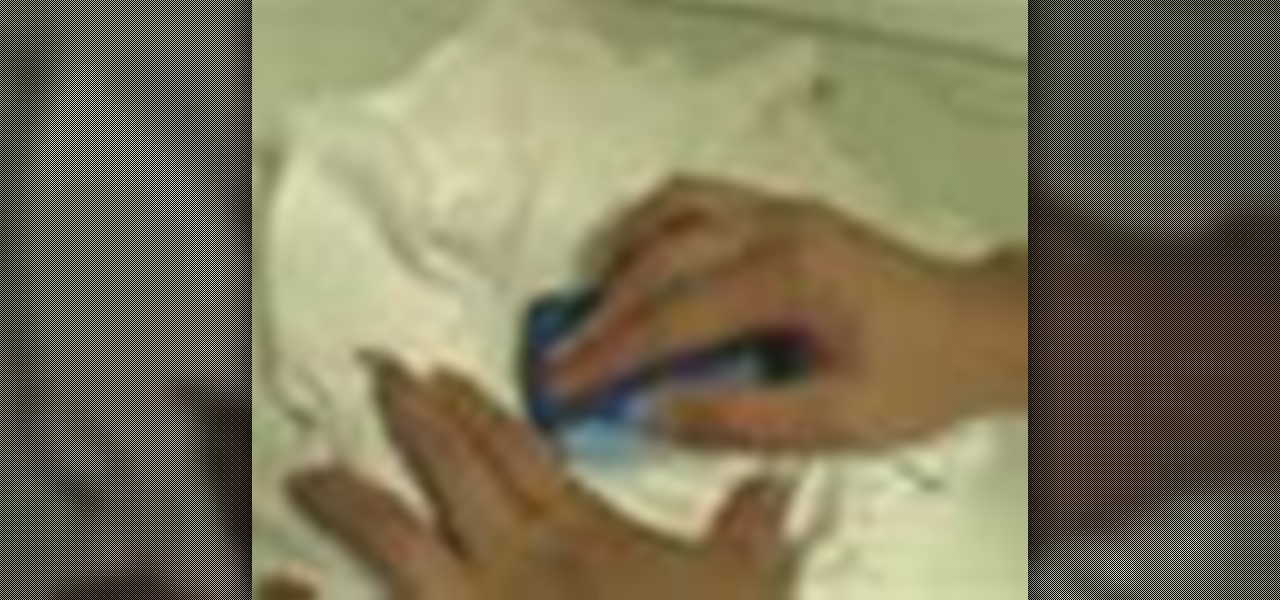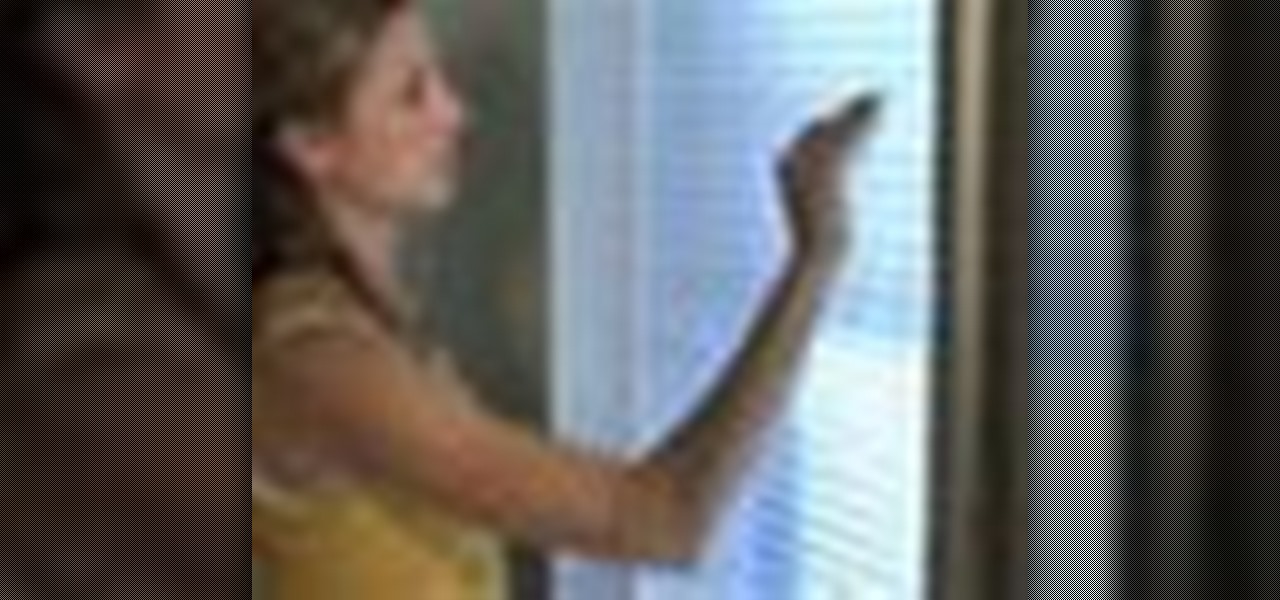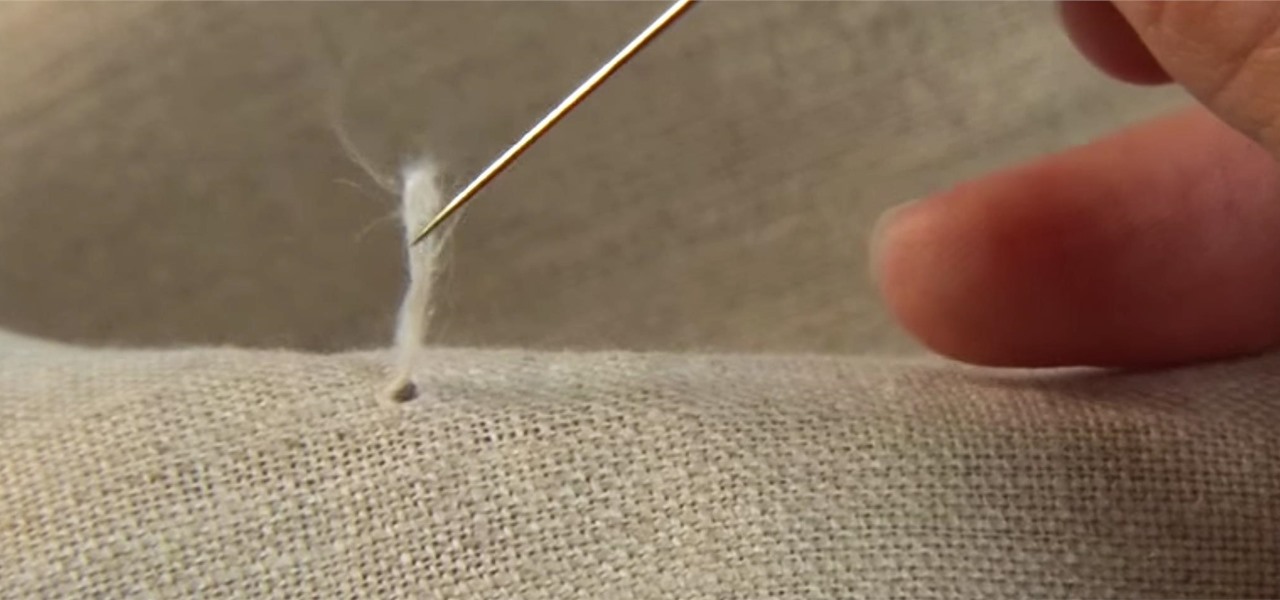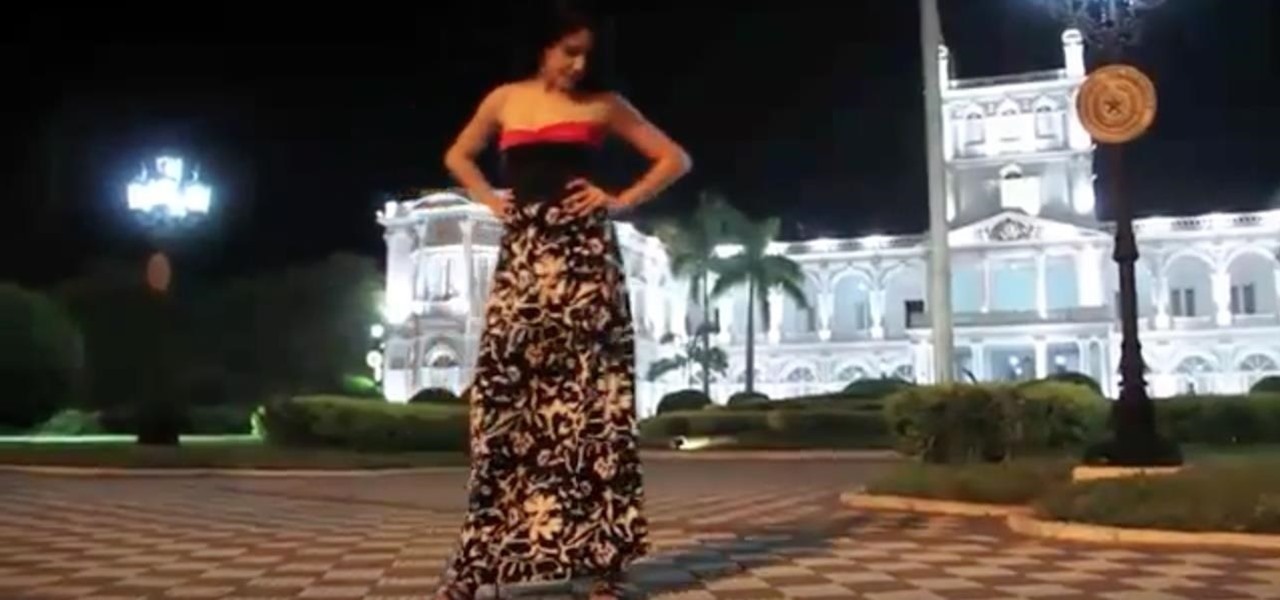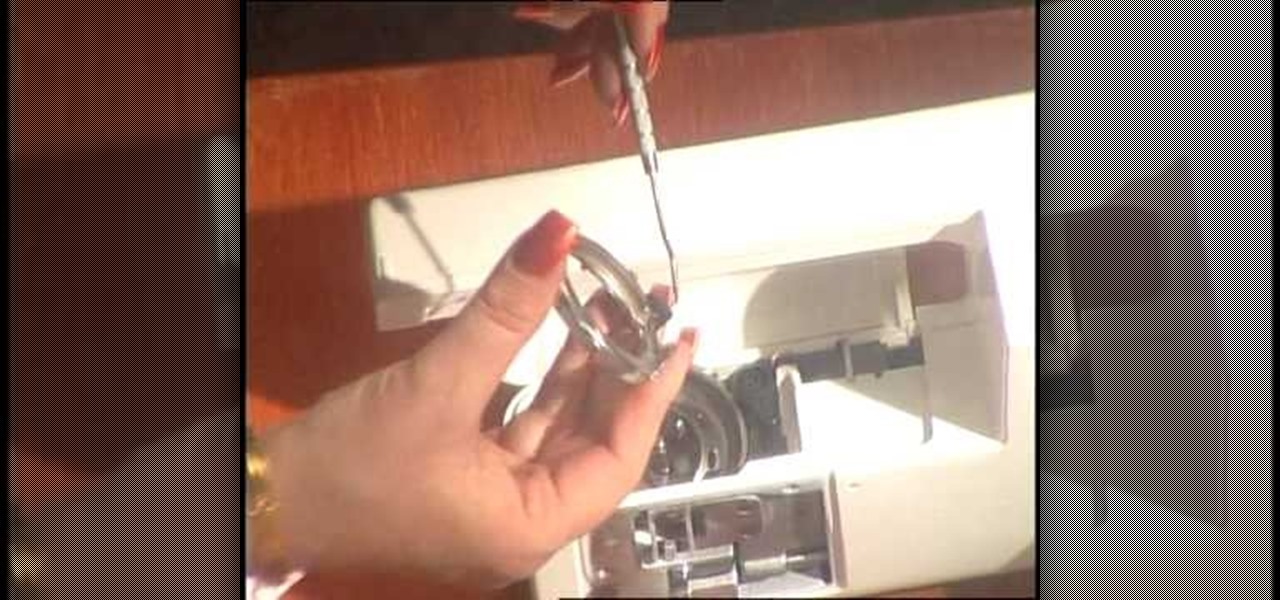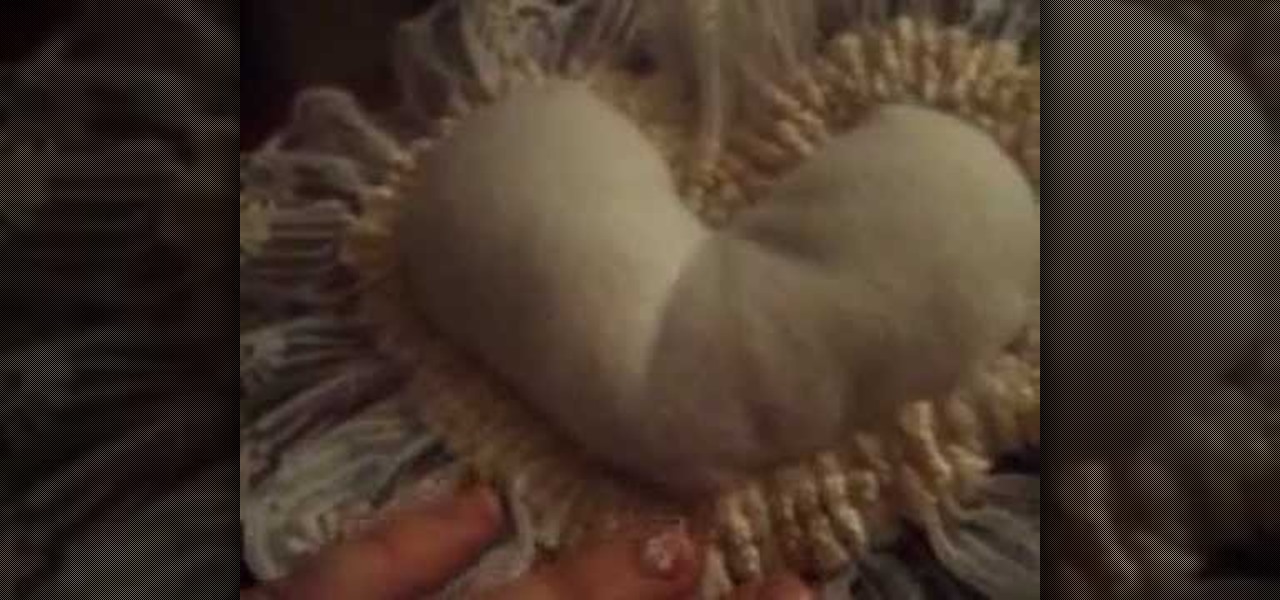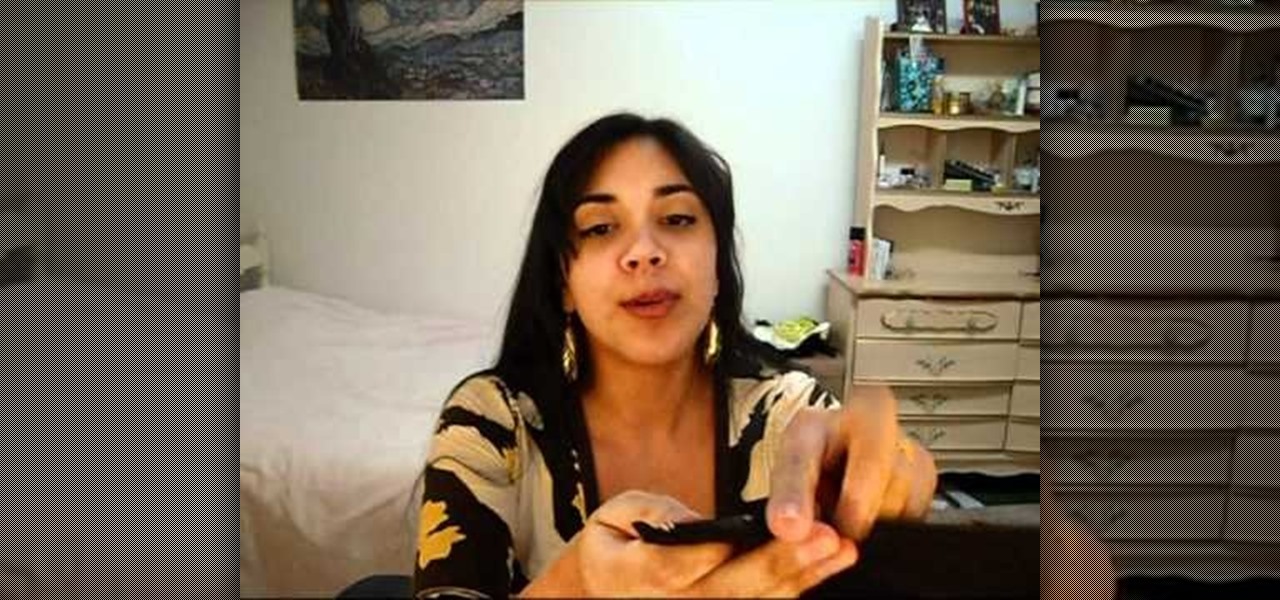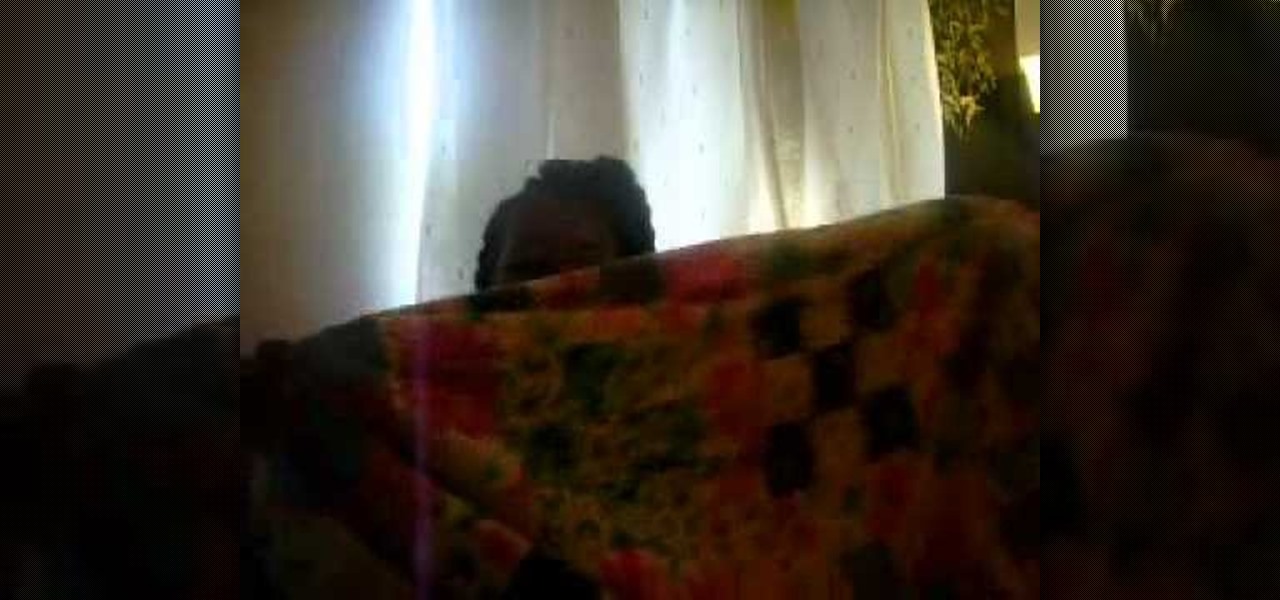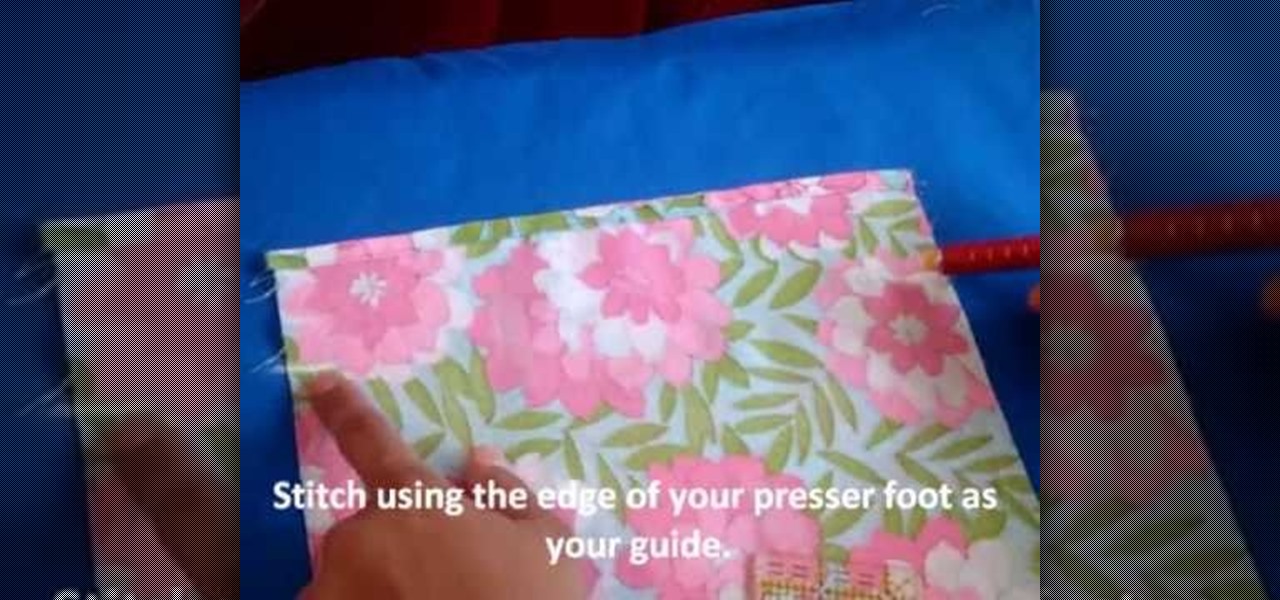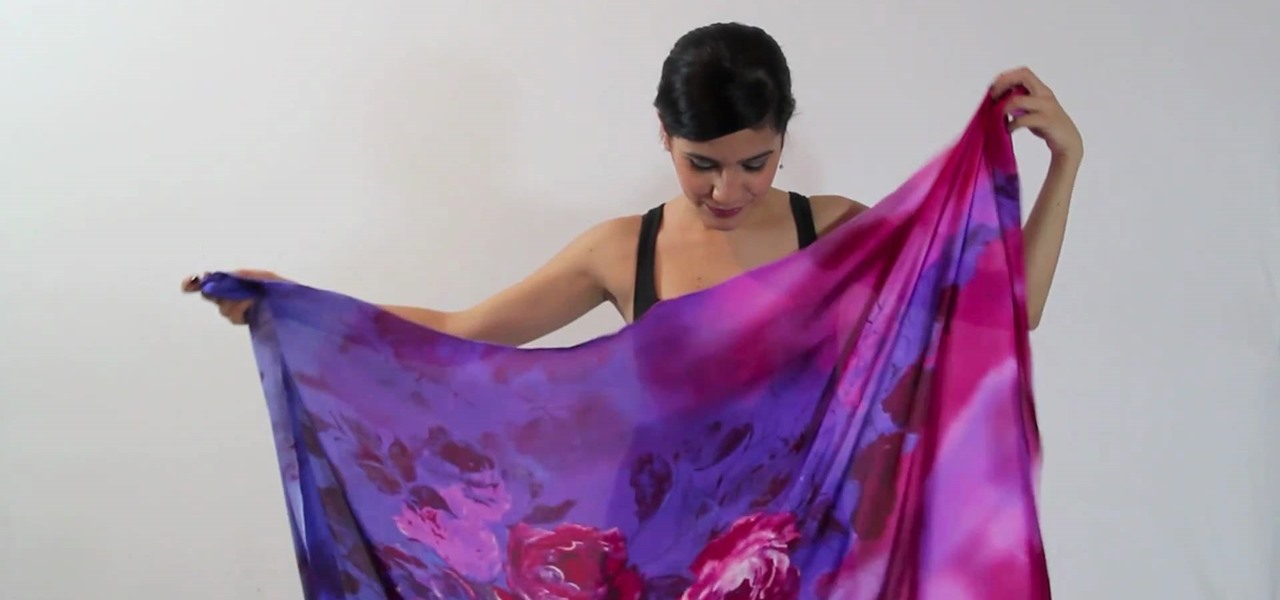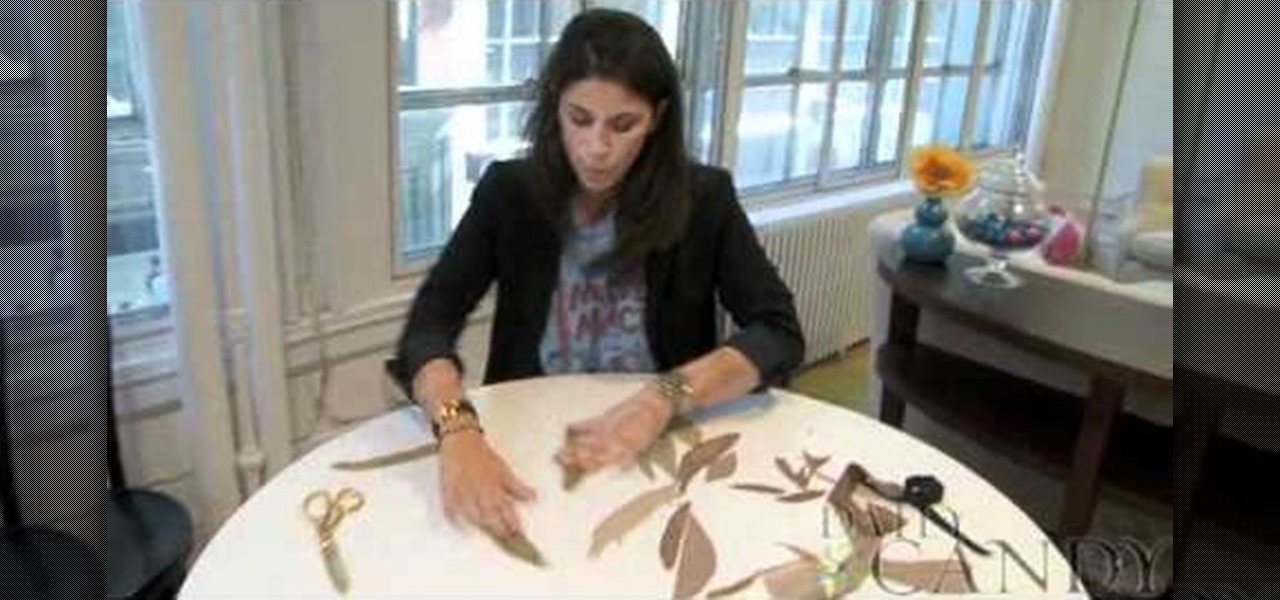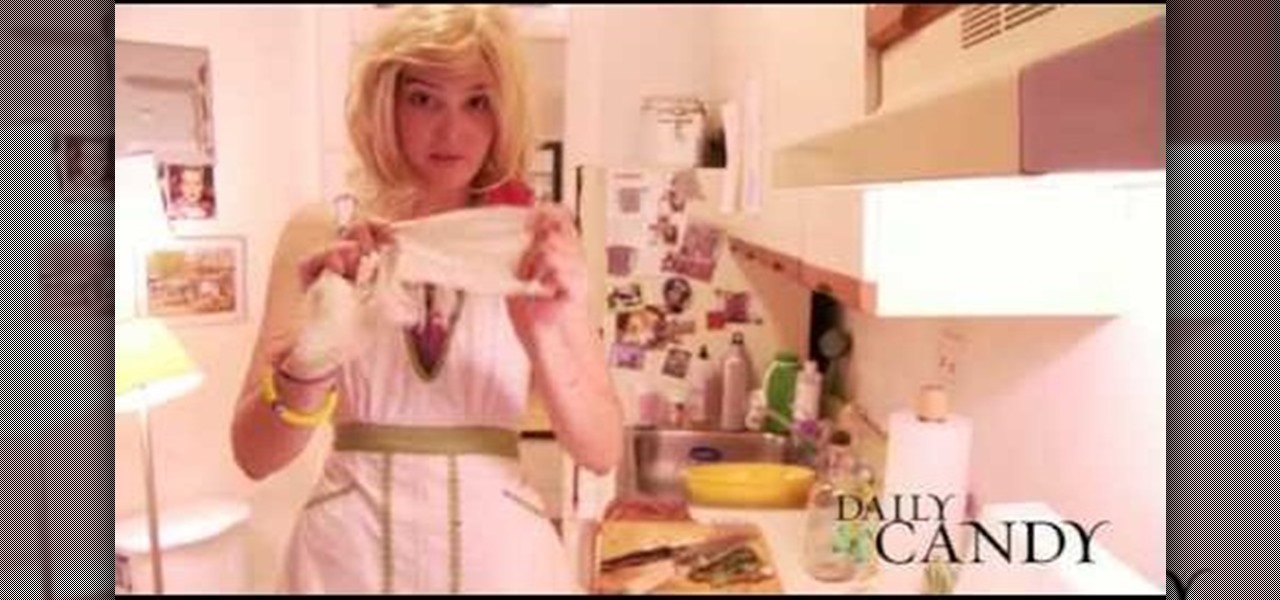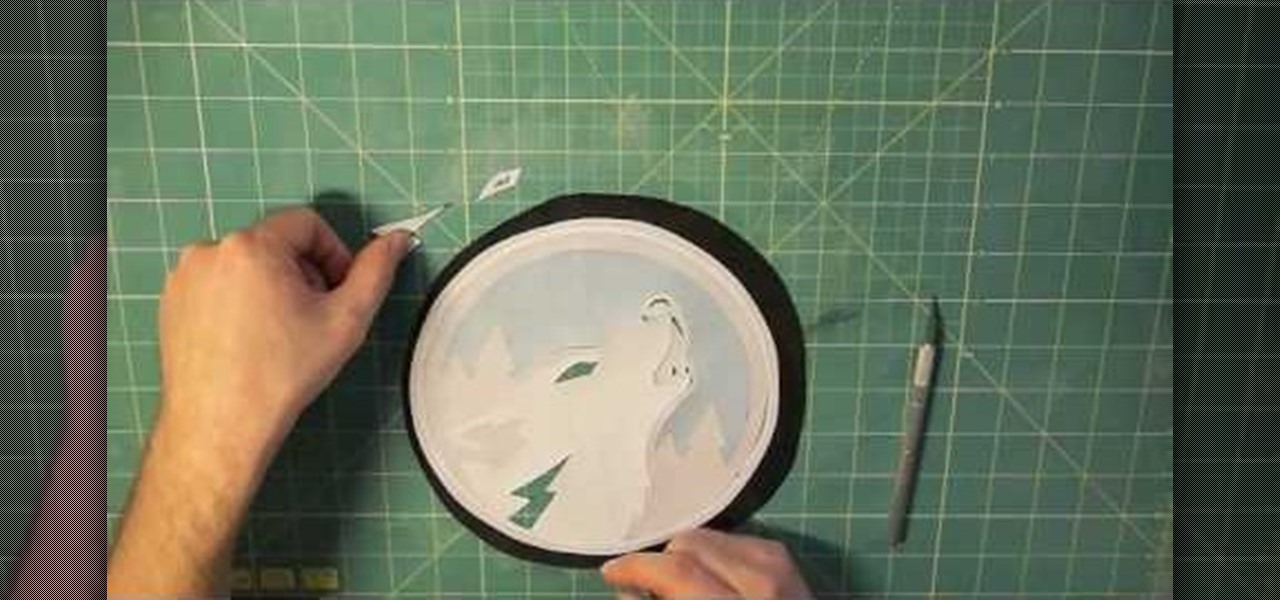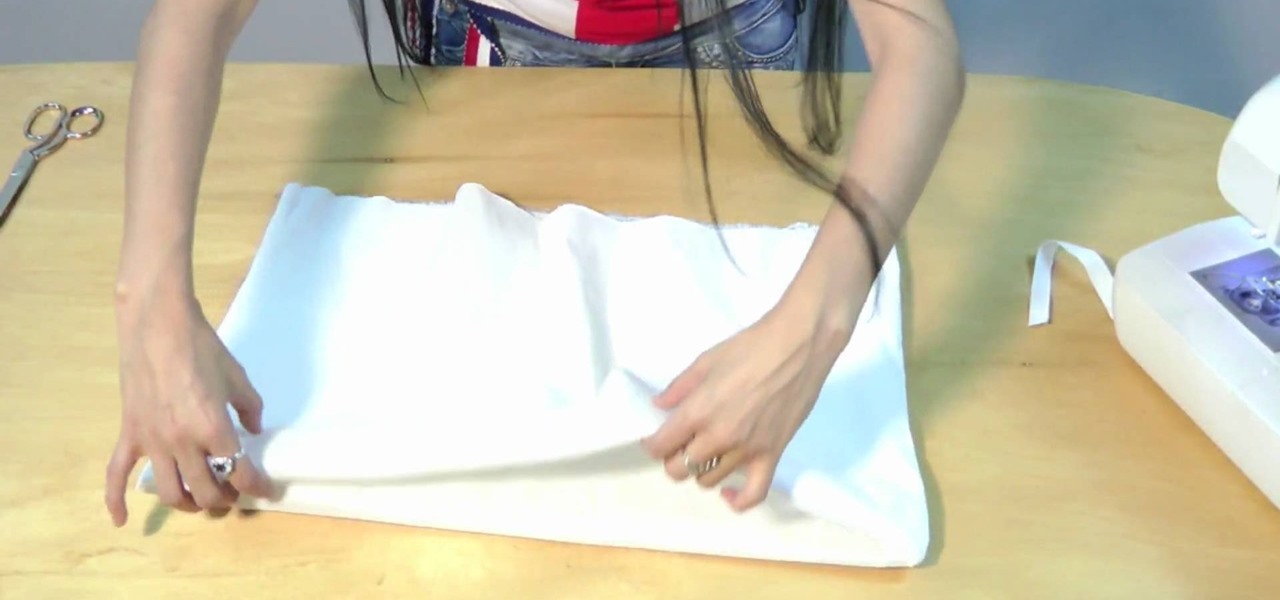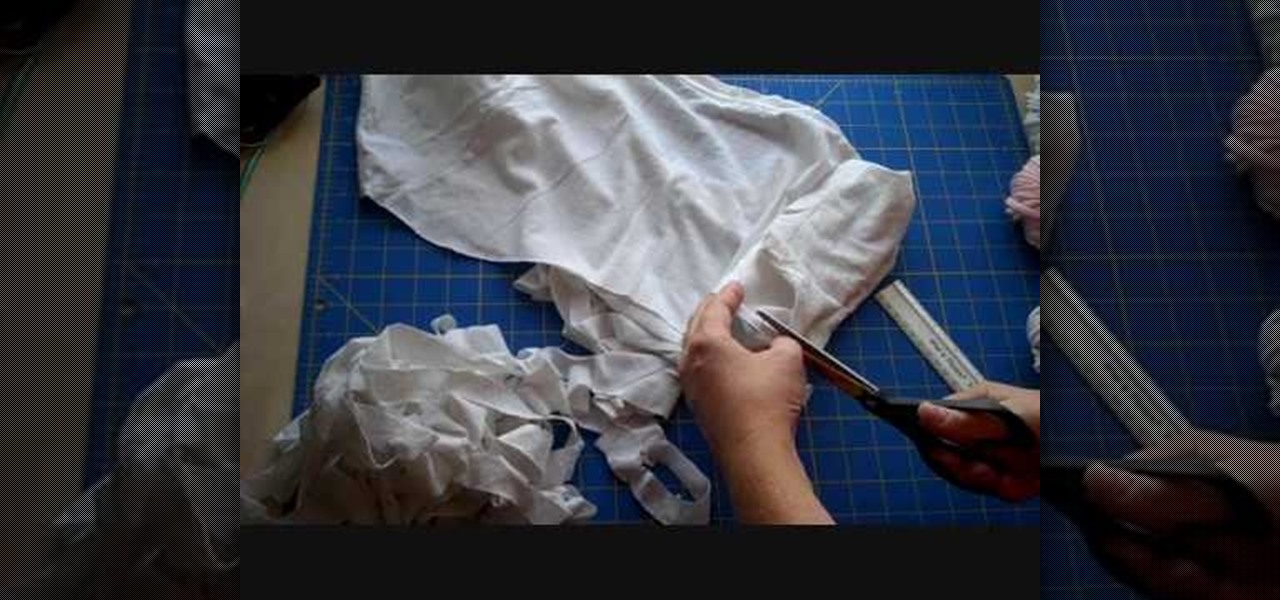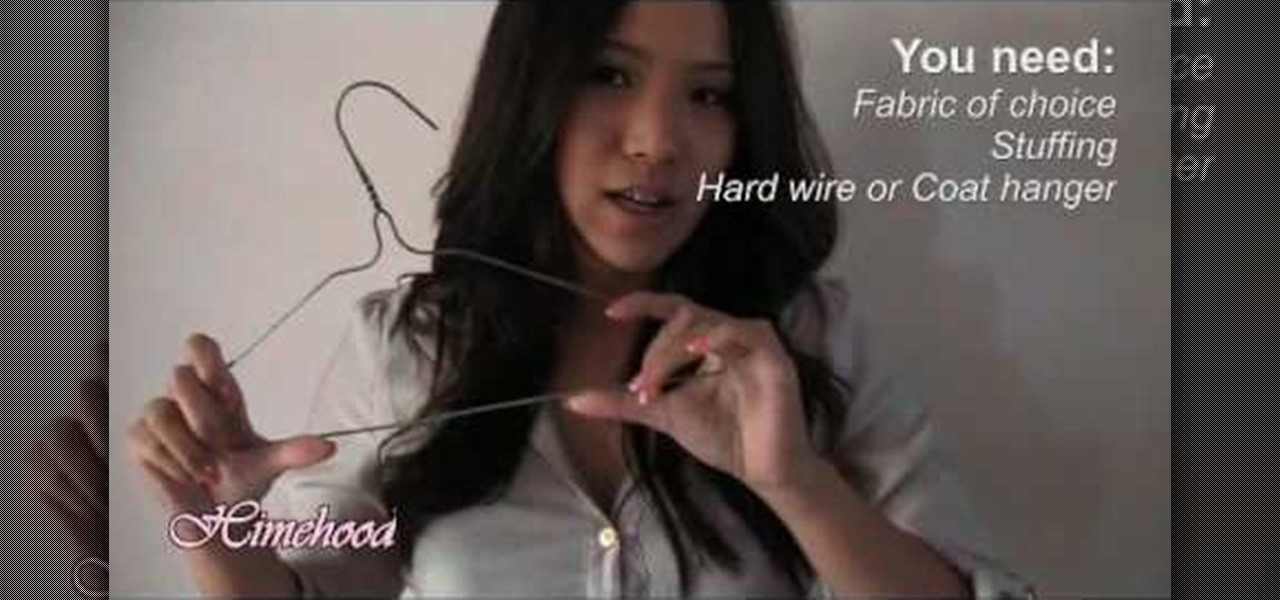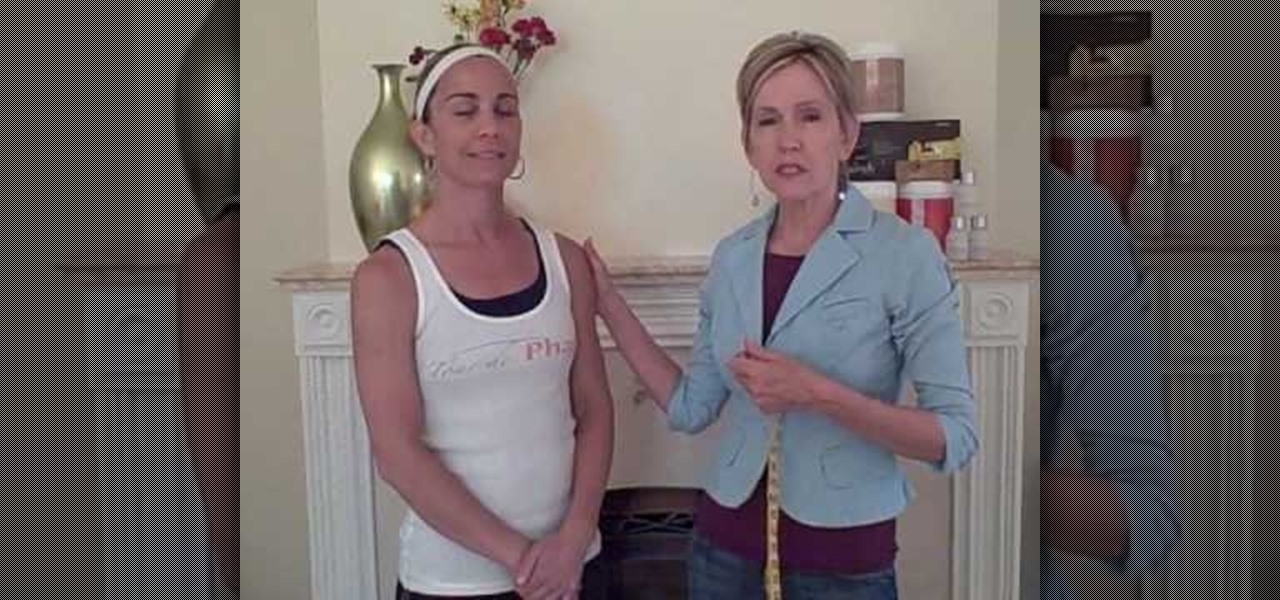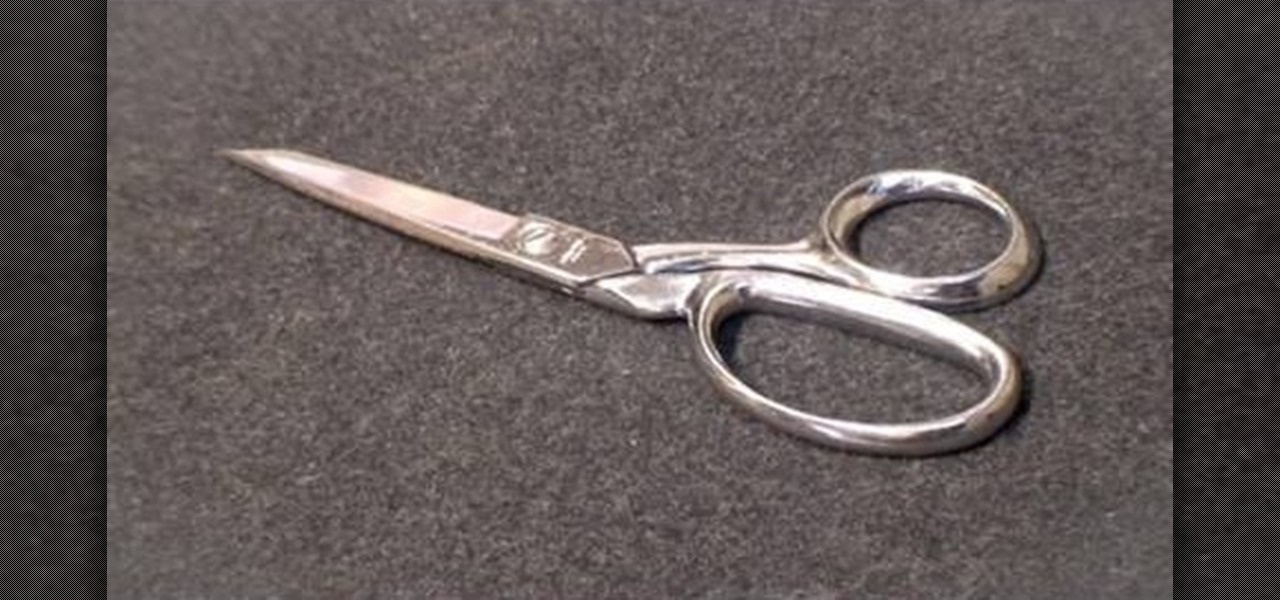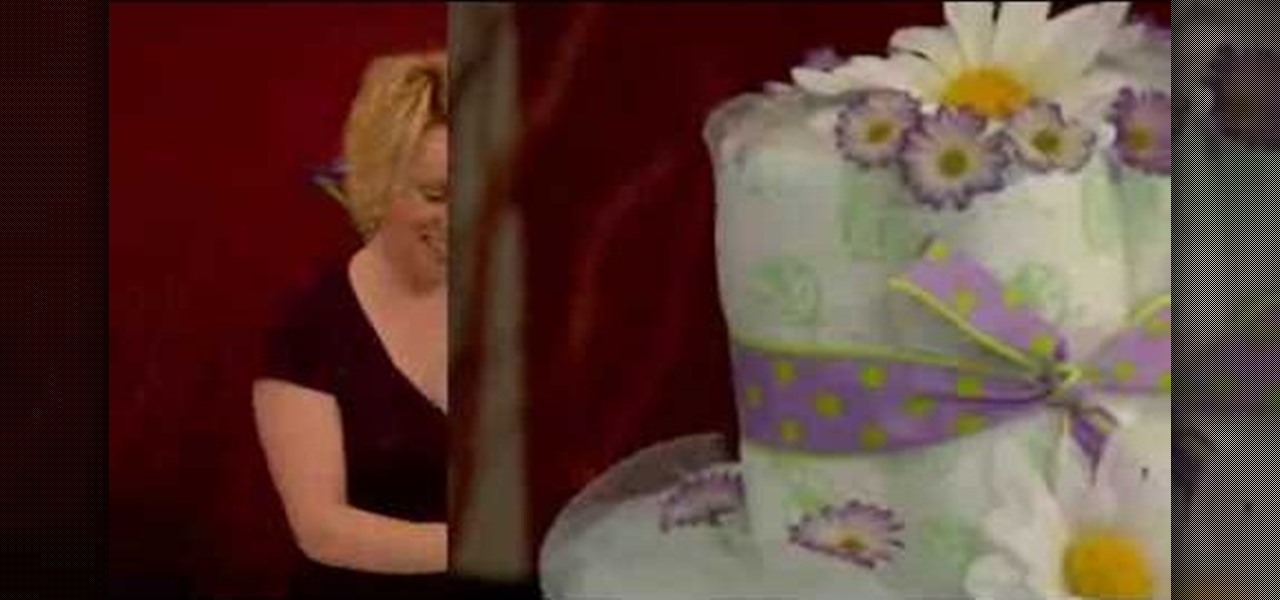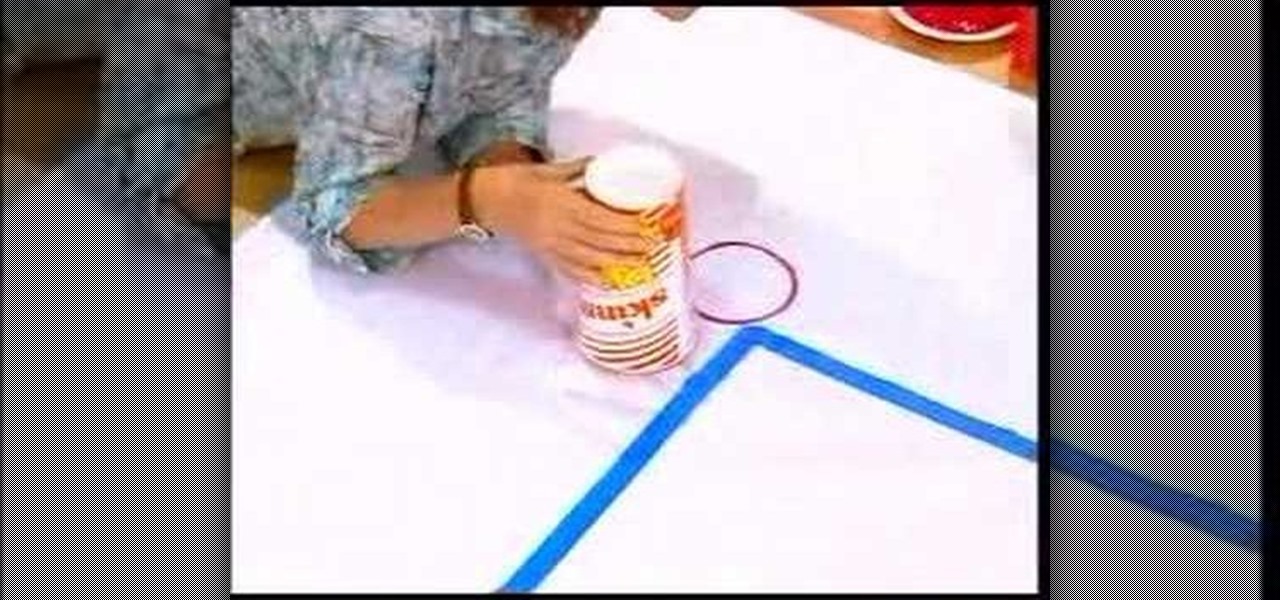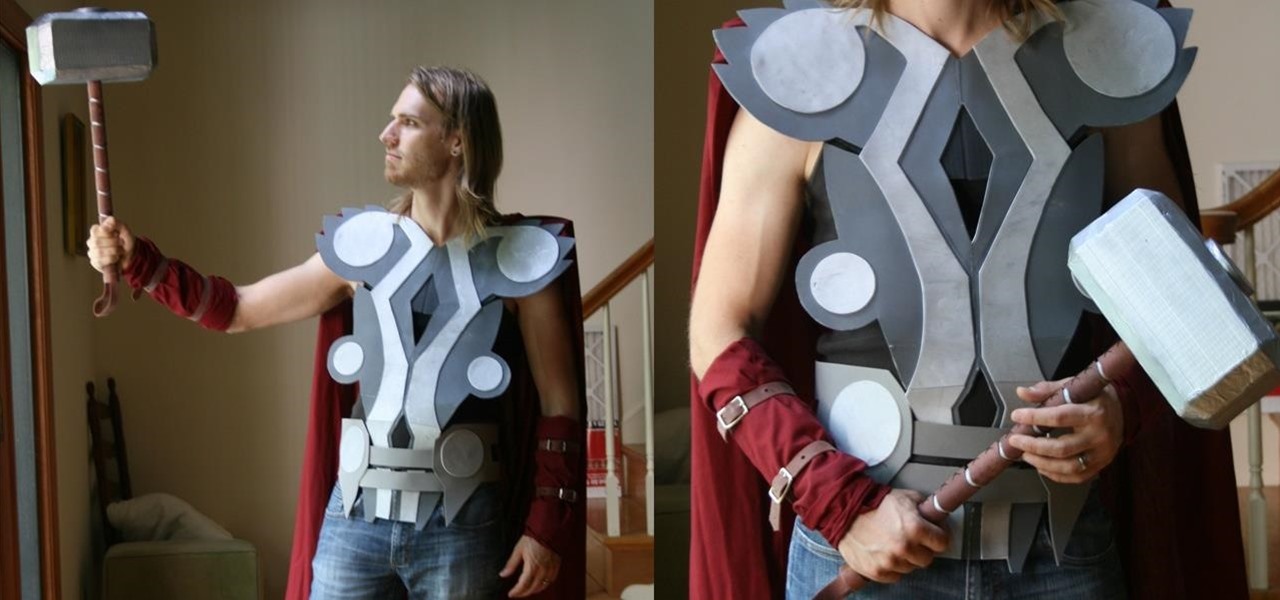
With the explosive popularity of both Thor himself and The Avengers, Thor is an obvious good choice for a Halloween costume. But you don't have to opt for one of the pricey, pre-made costume choices found in every Halloween store in every city. Instead, craft your own in just a few steps, saving yourself money in the process.
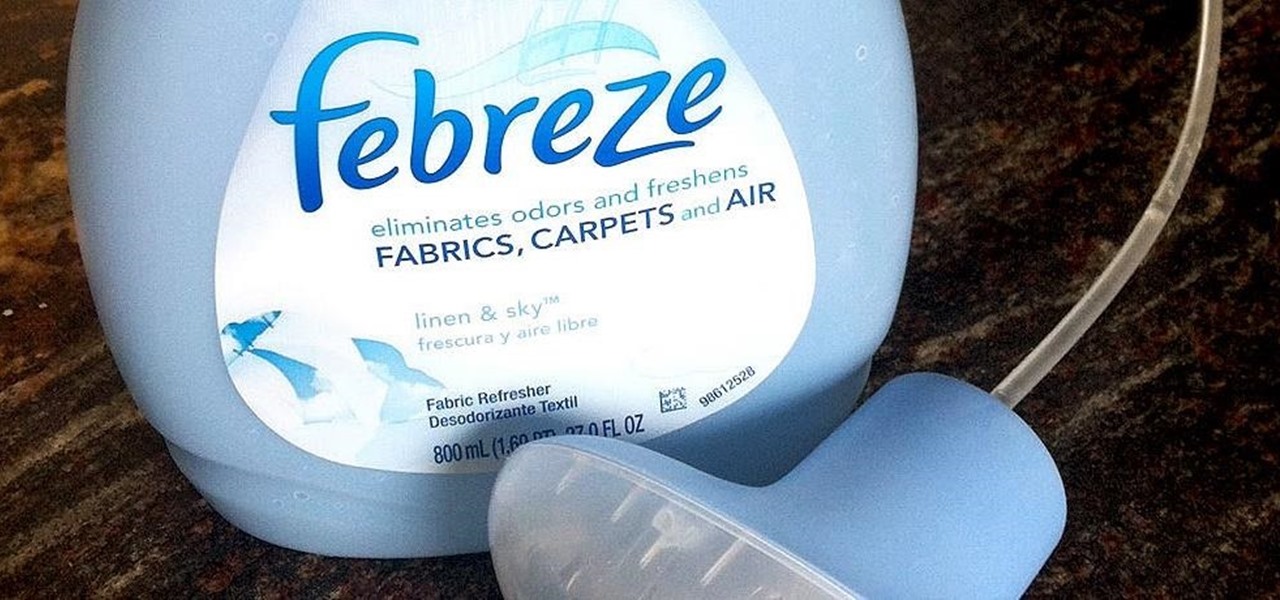
If you're a Febreze fanatic, you're well aware that the "odor eliminator" can be pretty pricey, and that's reason enough to stop buying it.
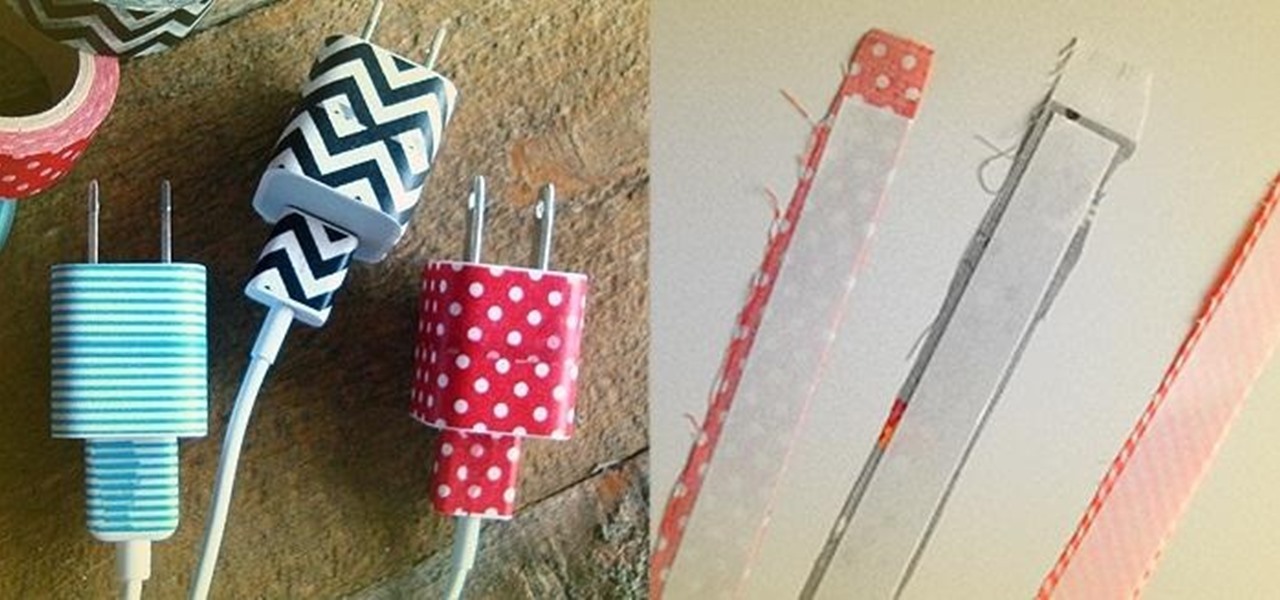
There are thousands of uses for tape, and plenty of different types of it, too. Masking tape is perfect for labeling, double-sided tape is great for crafts, and duct tape is good for...well, just about everything.
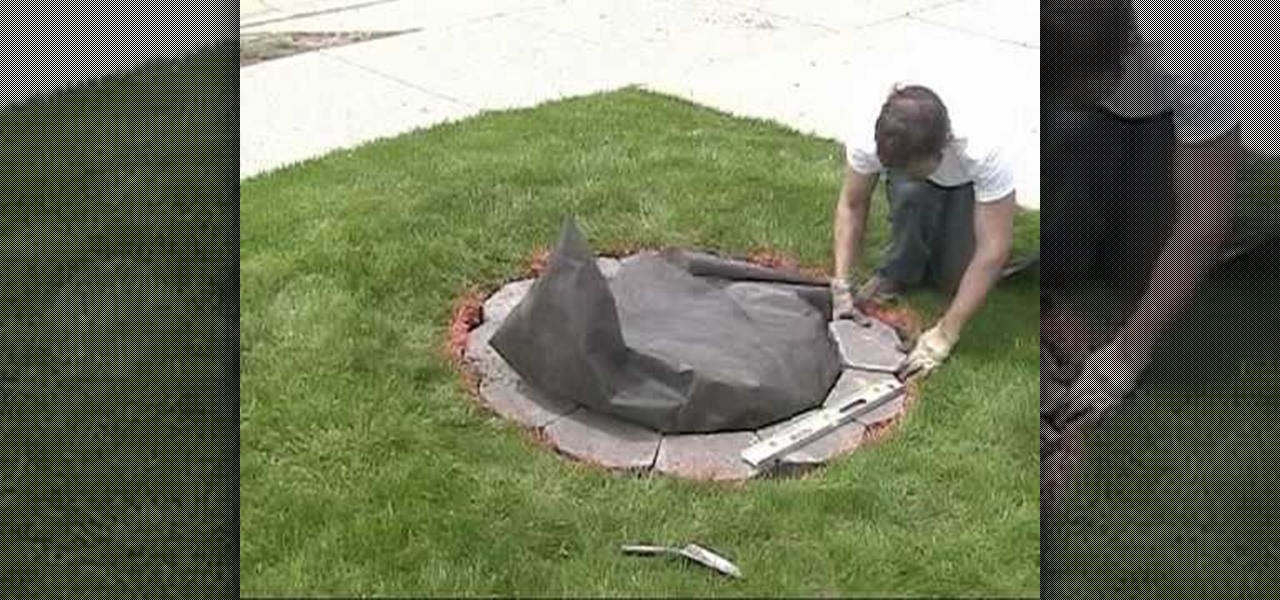
Chris from Backyard Gardening shows us how to build a raised island garden bed with retaining wall bricks.
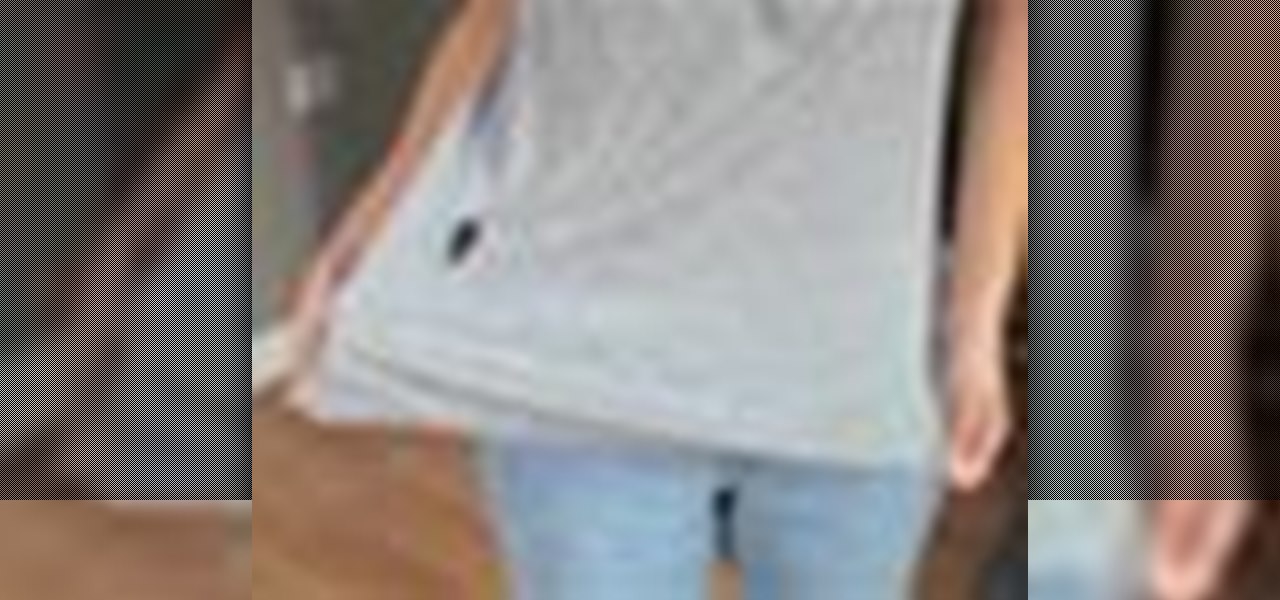
Learn how to remove ink stains from fabric. Getting ink out of fabric is a tricky business, often best handled by a dry cleaner. If you want to try it yourself, though, here's what to do.

Guardians of the Galaxy wowed moviegoers this summer with its sassy, strong team of intergalactic superheroes. From Groot, the ever-growing tree, to Rocket, the rough-around-the-edges raccoon, the film had an unending supply of unique characters—but no one stood out as much as Gamora.

There are plenty of ways to create decent looking special effects on a budget. You can use basic, inexpensive materials to make ground explosions or realistic looking alien landscapes. But nothing says Hollywood quite like your own green screen.

Crochet an alt turning chain for half double crochet Double crochet leaves a hole in the fabric. The special stitch makes the fabric more dense. You will have to go back and double crochet.

In this tutorial, we learn how to make a long drawstring skirt. You will need: knit stretch fabric ( 1.5 yards), safety pin, scissors, marking tool, and measuring tape. First, measure your hips and decide if you want your skirt to be tight or loose. For a tight fit, you want 2 inches of ease and for a loose fit, you will want 3-4 inches of ease. You can now decide how long you want your skirt to be and add 2 inches to that. Now cut your fabric and fold it in half, then cut it straight down. A...

In this video tutorial, viewers learn how to make a tied fleece blankie. Select any colored fleece and a coordinated patterned fleece. Purchase one yard of each fleece. Cut the fleece so that you have two pieces of 36 x 30. You will need a pair of scissors and a ruler. Sandwich your fleece together and lay it on a flat surface. Make your first cut at the 4 inch mark. Continue to cut in on strips until you reach the end of the fabric. Then turn the corner and cut a 4 inch square out of the fab...

Is you favorite pair of jeans suffering from a hole in the knee? No problem. Extend the life of your clothing by using patches to cover worn or torn areas, or to embellish tired items and give them a fresh new look.

It’s easy to make those telltale sweat spots disappear if you know what to use on them. Don't throw away those white shirts, learn how to get rid of sweat stains instead.

Wash your window blinds with a minimum of mess. Howcast presents you with tips on how to effectively clean your window blinds. Blinds can be tricky to clean, so pay attention.

You just bought a new loose-knit sweater, slipped it on, and your ring, earring, smartwatch, or even your fingernail snagged a piece of thread yanking an entire loop loose in the fabric. It's happened to me more times than I can remember, and if you cut that eyesore away you're asking for trouble. However, there is a quick way to fix it while maintaining the longevity of your sweater—without giving money to your dry cleaner. Begin by assessing the size of your sweater's damage; is the snagged...

Check out this video tutorial on how to make cheap dragon wings, controlled by body posture. You can do this project for $18 if you use plastic garbage bags and Scotch tape for the membranes. You'll see how to make very light and strong costume wings. How strong? That strong.

Most people (who have never done tie dye before) think that tie dye is simply squirting a bunch of psychadelic colors onto tied up fabric and going crazy with it. But there's more to tie dye than trippy rainbow hues and organic designs. There is more than one way to add a tie dye effect to a shirt or scarf.

Perfect for any outdoor or summer special occasion! You don't have to spend a lot of money on an expensive evening gown--make your own at home! This free pattern video shows you how to take your own measurements, and then turn a few yards of nice fabric into a classy evening gown.

This is an incredibly easy dress to make. All you need is a yard or two of a stretchy fabric (knits work best). Sew a few seams, and then add a pretty flower or other sort of trim or applique!

Sewing is an expensive enough hobby without having to factor in repair costs, as well. You can save money (and have more cash to spend on fabric and notions!) by fixing your own machine at home. This video shows you how to clean and fix the bobbin case area, which can often get cluttered with lint and fuzz.

This is a fun project that doesn't take much in terms of time or resources. You can even make it out of your scrap fabric! Use whatever notions or embellishments you want to create a lovely, Victorian inspired pillow at home.

These rosettes can be used as embellishments however you like - turn them into hair accessories, attach them to a sweater or use them to upcycle another T-shirt. Dress them up with beads or ribbon. All you need are some scissors and a hot glue gun.

When you first buy a corset from a retailer, you will need to give the thread and fabric the chance to shape itself according to your own personal shape. Here is the best way to break in or season a new corset to make it last longer.

This is the perfect tutorial for beginners who are interesting in learning how to quilt. Start with a basic abstract pattern and your favorite colors of fabric (you can use scraps if you wish as well), then follow the video and make your first quilt!

This is a quick and easy shortcut that shows you how to simulate the needle turn effect when you're attaching a fabric applique. This also helps you hide a raw edge, which gives your entire project a cleaner and more professional look.

A drawstring bag has a thousand different uses, and it's a great way to use up some of the bigger scraps in your fabric stash. This tutorial shows you a quick and easy way to sew a lined drawstring bag.

You barely even need a sewing machine to make this dress! All you need is a length of your favorite fabric. Wrap it around yourself, tie one shoulder and then sew up the side seam. Now all you need is to pick which shoes you're going to wear with it!

Scraps and fringe are in! You can make your own scrappy necklace, just using scraps or remnants (which you might be able to get for free from your local fabric store!). Cut them and assemble into your own scrappy statement necklace!

Make your own environmentally friendly dye at home, out of strawberries! You'll also need some vinegar, salt and old nylon stockings. Mash up your strawberries, strain them in the nylon and then boil your strawberry puree with salt, vinegar and your fabric.

Latex can be a sexy and cool material to make fabric out of, but a plain black latex shirt can still be a bit boring. You can create your own appliques that you can apply to latex clothing using sticky paper.

Turn yourself into an Aphrodite or Artemis this Halloween! You don't even need a pattern to make yourself a sexy Greek goddess costume! All you need are a few yards of your favorite fabric, some chantilly lace for a wrap, and a laurel leaf crown to top it all off!

Hairbands are alluring rip offs of headbands. Made out of real hair rather than fabric and synthetic elastic material, hairbands cost just about nothing (you do sprout hair organically from your head, after all) and look far more mature than their plastic counterparts.

DIY fashion guru Gianny L is well known for her ability to turn very blah-looking t-shirts and old pants into stylish, body contouring bikinis, bags, and even Halloween costumes.

Yarn is certainly not the most expensive fabric-making material world, but why would you spend $5 for a roll when you can spin together yarn yourself?

In this tutorial, learn how to make your own fabric that you can use to make bags, clothing and many more items! Etsy Labs technician, Anda Lewis shows you how to fuse plastic bags (from the grocery store or trash bags) in this quick clip. You can even use these bags to create your own reusable, Earth friendly shopping bag!

Ear muffs are handy for snow days (or in L.A., cold-ish days) and for eskimo dress-up days at school. Learn how to craft your own ear blankie with this tutorial, which shows you a cheap way to make ear muffs out of a coat hanger frame.

When fitting clothing, or ordering fabric, you will need to know your body measurements and proportions. In this tutorial, Rita, founder of Tourdephat.com, shows you how to use a basic tape measure to calculate your body size. This will help you get clothes that fit like a glove every time.

Thread and clothing designer, Kenneth D. King, give quick instruction to us on the importance of our cutting tools, more especially the serrated scissors. Here we learn what makes this particular style of scissors so efficient and necessary to our sewing work, as well as what types of materials they ought to be used on. He also gives warning that we should never use our fabric scissors on paper. Great tips for the beginning designer in us all.

Baby showers can be a lot of fun, make it even more fun by making a diaper cake. This Cake Decorating how to video demonstrates how to put this diaper cake together for any baby shower. All you need for the diaper cake is: diapers, rubber bands, white fabric elastic, safety pins, ribbon and white tool.

Beautify those plain white sheets with master designer Todd Oldham. Watch Susan Sarandon discover the wonders of the modern age, by custom printing those bed sheets with fabric paints.

The helpful folks over at Threadbanger take today to teach us how to make a tote bag. And not just any tote bag, but one made from recycled material. It's stylish, environmentally conscious, and...actually that's it. Just those two things.









